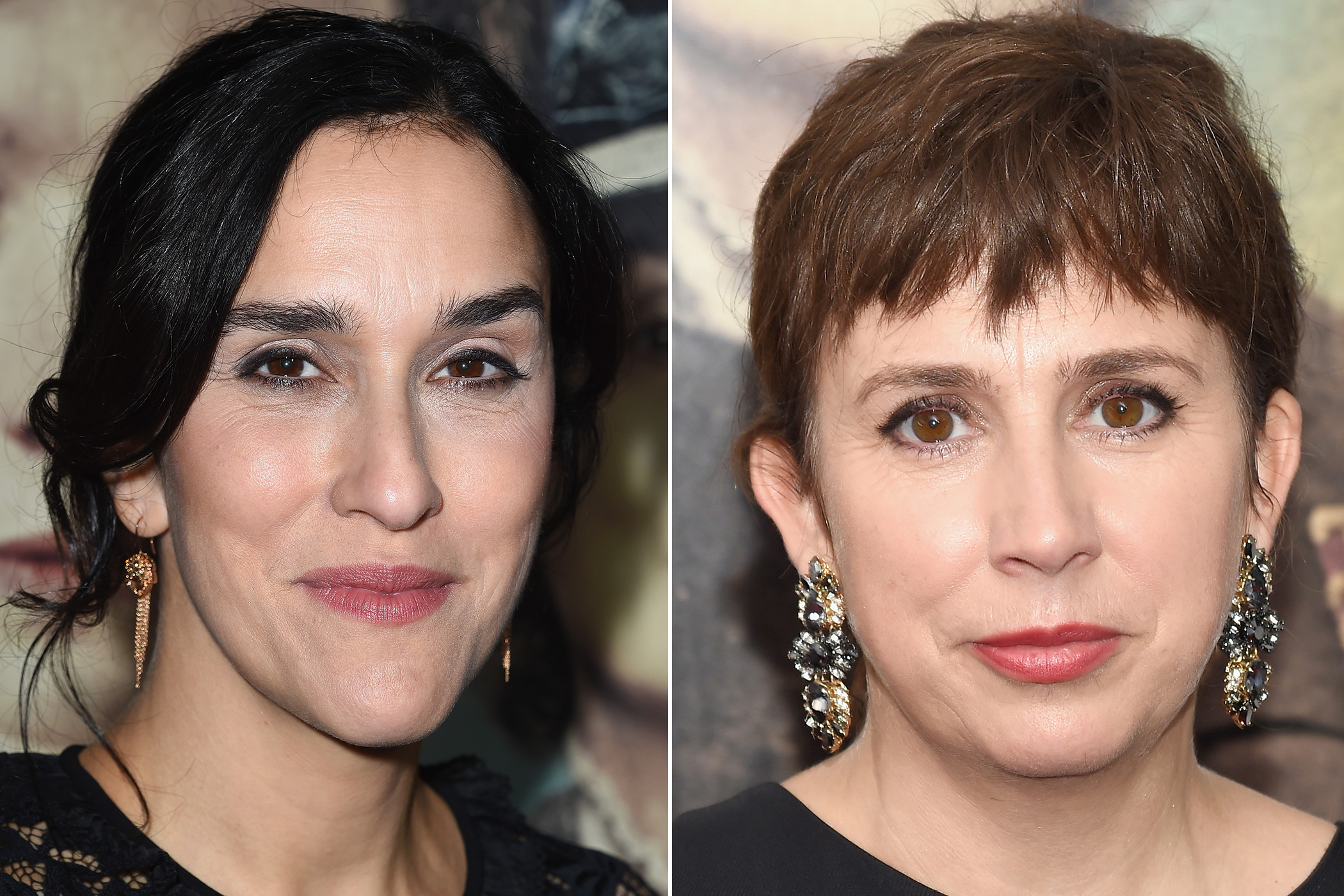
The new film Suffragette, which chronicles early twentieth-century efforts to secure the vote for women in England, had a couple of factors stacked against it from the jump. First, it was a movie being made by women—director Sarah Gavron and screenwriter Abi Morgan—in a cinema landscape where, in 2014, all but 7% of top-grossing films in the U.S. were directed by men. Second, it was a movie about women, at a time when they comprise just 12% of the protagonists in top-grossing films.
Suffragette isn’t Gavron and Morgan’s first time at the rodeo. The pair collaborated on the 2007 film Brick Lane, adapted from a novel of the same name about a Bangladeshi woman living in London. And although they’ve seen certain barriers crumble since then—“Seven years ago people would sit on panels and be uneasy about the word feminism, and now there isn’t that unease,” Gavron tells TIME—it still took them years to secure the funding and support they needed to get Suffragette, which premieres in the U.S. and the U.K. on Oct. 23, off the ground.
Gavron and Morgan recently spoke to TIME about the unique challenges they face as female filmmakers making female-led movies. Here are five lessons they shared about reaching a more gender-equitable landscape in film.
Framing matters (or, the more carriage chases, the better): Morgan and Gavron knew that trying to finance a period piece about women’s history was going to be a challenge, so they thought creatively about how to sell the story to financiers. “When we talked about this film, we talked about it as a kick-ass movie, that there would be carriage chases and things being blown up,” says Morgan. “We started to use the language of action movies as a way to hook it.” They ended up with a budget of £10 million—far less than a male-led action film likely would have raised, but enough to get the movie made, carriage chases and all.
Male roles, if not substantial, should still be complex: Casting the leading female roles in Suffragette was not particularly difficult, but casting the male parts was. “It was very hard to get men on board,” Morgan says. “It was amusing because the general perception was, the parts aren’t big enough, and they aren’t really doing enough, they were [just] the husband. As we say, welcome to the world of actresses.” Despite the double-standard, Morgan and Gavron were ultimately able to appeal to actors like Brendan Gleeson and Ben Whishaw by ensuring that their characters were neither flat nor uncomplicated “bigots and villains,” and that limited screen-time didn’t mean limited substance.
Women in film have a responsibility to create opportunities for other women: Morgan says that having achieved the success that she and Gavron have, they think constantly about how they might use their positions to open doors for other women. “We’ve been talking about our next project, and would there be a way for us to create some opportunities for a group of diverse young women to come into the industry on whatever level,” she says. “We could introduce young women to the idea of being a camerawoman, taking on production design, on the idea of becoming directors or writers.” It’s not as simple as placing the blame on studio heads, Gavron adds: “It’s about looking at all areas and encouraging women, having role models, having mentoring schemes.”
When it comes to gender equity in film, the U.K. and the U.S. have much to learn from Sweden: “If you look at the model that Sweden has introduced through their film council,” says Morgan, “when the recent head came in in 2011, she looked at the figures and realized it was a woeful percentage of women behind the camera, and she insisted on that quota going up.” The head in question—Anna Serner, CEO of the Swedish Film Institute—instituted a policy of 50-50 funding between male and female filmmakers and achieved equal funding within two and a half years.
Just because a film is by women and about women doesn’t mean it is exclusively for women: Gavron says she has been encouraged by many viewers’ reaction that, as she puts it, “It’s not just important that our daughters see it, it’s important that our sons see it.” It’s crucial to dismantle the binary we’ve created in discussing male and female movies, she says. “Women buy more than half of cinema tickets, and there is this appetite out there once they’re given a female-centric film, not just for female audiences but for male audiences, too.”
More Must-Reads from TIME
- Donald Trump Is TIME's 2024 Person of the Year
- TIME’s Top 10 Photos of 2024
- Why Gen Z Is Drinking Less
- The Best Movies About Cooking
- Why Is Anxiety Worse at Night?
- A Head-to-Toe Guide to Treating Dry Skin
- Why Street Cats Are Taking Over Urban Neighborhoods
- Column: Jimmy Carter’s Global Legacy Was Moral Clarity
Write to Eliza Berman at eliza.berman@time.com